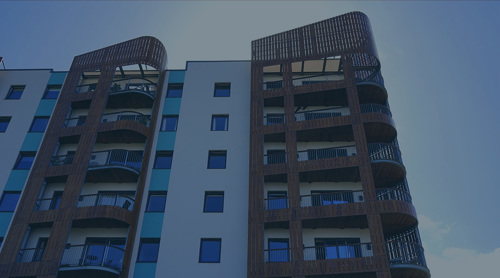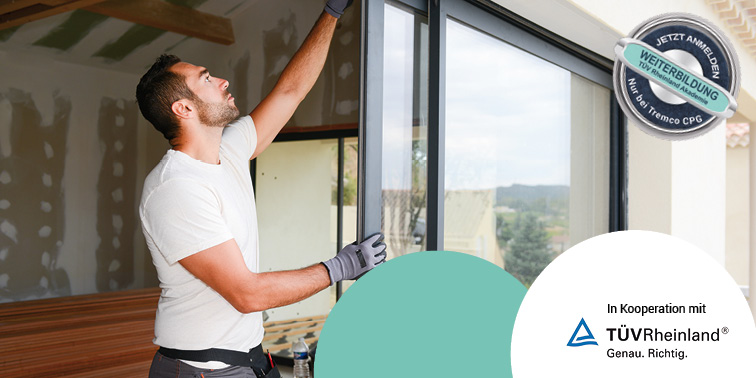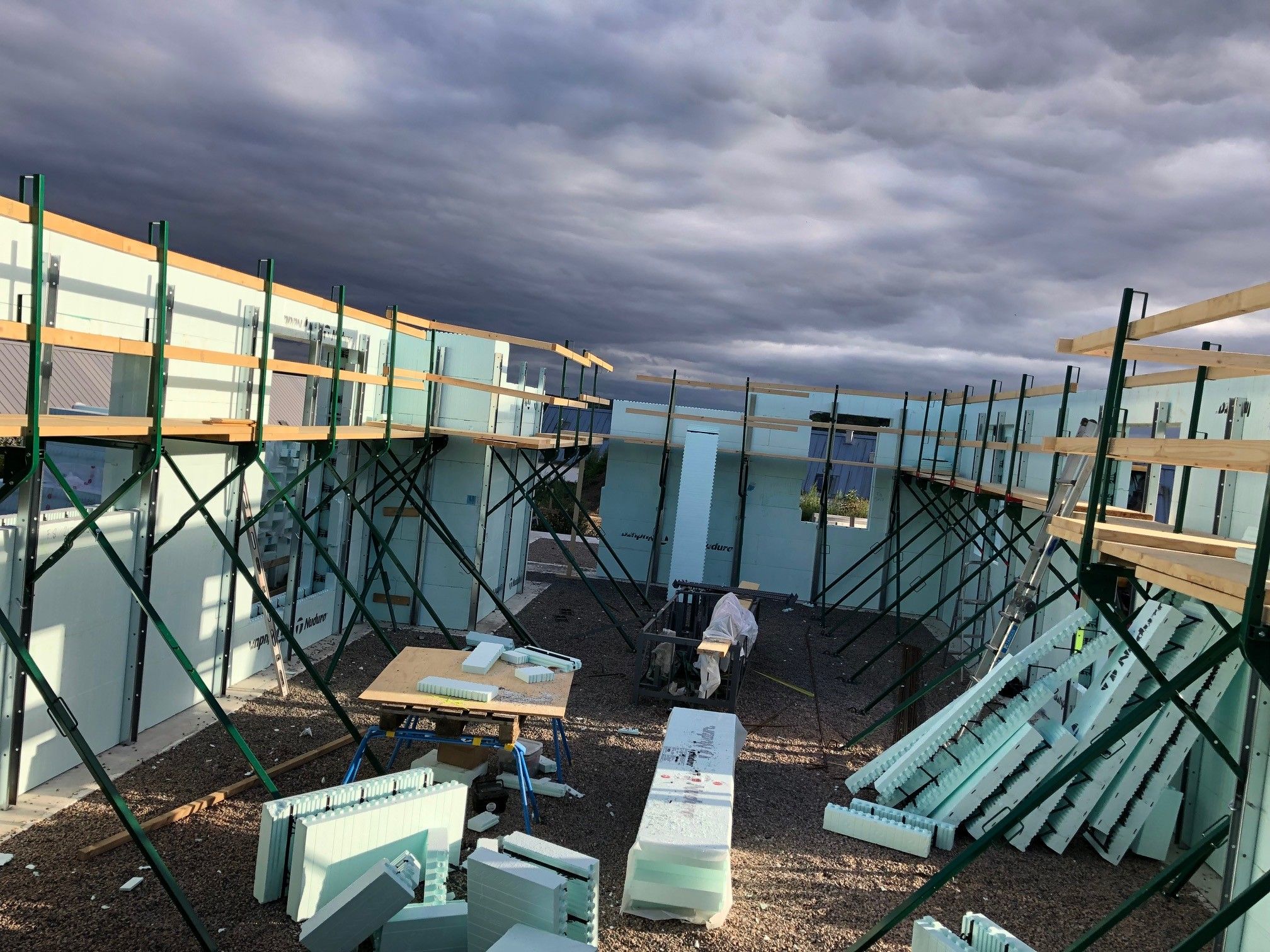Why are near-zero-energy buildings the future?

At CPG Europe, sustainability is one of our core values, which is why we strive to offer sustainable solutions to help the construction industry reduce its greenhouse gas emissions.
Energy generated from fossil fuels is one of the pillars on which the development of contemporary society is based. However, the production and use of energy is one of the main causes of carbon dioxide emissions, the gases responsible for climate change. At CPG Europe , sustainability is one of our core values, which is why we strive to offer sustainable solutions to help the construction industry reduce its greenhouse gas emissions.
Here we take a closer look at the EPBD and how CPG Europe can help meet the strict standards that exist for developing nearly zero-energy buildings – a building with near-net-zero energy consumption. This means that the total amount of energy used by the building in a year is equal to the amount of renewable energy created on the site using, for example, heat pumps, high-efficiency windows and insulation, as well as solar panels.
According to a study conducted by the European Commission in 2020, energy consumption in buildings accounts for 40 percent of total energy consumption and 36 percent of greenhouse gas emissions. The housing sector needs urgent action. Since 2010, the European Parliament has established Directive 2010/31/EU, also known as the Energy Performance of Buildings Directive.
The Energy Performance of Buildings Directive is the European Union's main legislative instrument aimed at promoting improvements in the energy performance of buildings in the Community. The aim of the directive was to reduce greenhouse gas emissions from energy consumption in buildings. It was inspired by Kyoto ProtocolEU member statesPromised to reduce its emissions.
To optimise the energy efficiency of buildings, the Directive proposes three concrete measures:
- Introduction of energy performance certificates
- Energy use requirements for new and existing buildings undergoing renovation
- Inspections of large and medium-sized air conditioning systems
From this directive, which to some extent has been implemented in all EU countries, the so-called "almost zero-energy building" came into being in 2020, in Europe also known as nZEB buildings. (nZEB - nearly Zero Energy Building).
What are Zero Energy Buildings?
An "almost zero-energy building" (nZEB) is buildings that have a very low energy demand, close to zero, and that achieve a very high efficiency with little or no energy consumption.
To this end, the building should present strategies for energy saving or self-sufficiency, which may include the following:
- Increase the performance of building installations and/or equipment to reduce consumption.
- Reduction of energy demand through passive measures, both design and architectural.
- Energy production capacity through renewable energy sources, such as the installation of photovoltaic panels.
- Measurement and monitoring of residents' energy consumption, environmental parameters (ventilation, humidity, air quality) and/or energy production to know when, how and where they consume energy.
- Encourage building users to improve their energy consumption habits.
To ensure that the building can meet sufficient characteristics to qualify as a nearly zero-energy building, it is essential that its surroundings and insulation are taken into account. Within this type of building we can find the so-called passive house or Passivhaus, an idea born in Germany in the 1990s.
The main objective of this type of housing is to reduce energy demand by at least 90%. In this respect, a maximum of 15 kWh/m2a is set for cooling and an additional 15 kWh/m2a for heating. Overall, energy consumption should not exceed 120 kWh/m2a.
What is a Passive House?
To be considered a passive house, the building must meet Passivhaus Standards. But what are its basic principles?
- Thermal insulation
- High quality windows and doors
- Mechanical ventilation with heat recovery
- Air tightness
- Absence of thermal bridges
Build to Passive House standard with CPG Europe
CPG Europe has several construction solutions that can help build to passive house standards. Take our product brand illbruck for example, which has everything you need to seal and glue windows, facades, interiors and exteriors with its range of sealants, joint foam, joint strips and membranes. If airtightness is a key principle for a "nearly zero-energy building," you can rely on illbruck to meet the standard.
Other product brands, such as Nudura , which specializes in insulated concrete forms (ICF), would also be extremely beneficial for structures that should meet Passive House standards. Nudura's solid wall building system allows you to build more energy-efficient, sustainable and comfortable homes or buildings than those built from more traditional materials such as wood.
What are the benefits of Almost Zero Energy Buildings?
Without a doubt, the main advantage of this type of building is their high energy efficiency, which allows a significant reduction in energy consumption. This reduction in energy consumption leads to a reduced need for fossil fuels, which also results in reduced greenhouse gas emissions.
In addition, due to its construction based on thermal insulation, it will provide better comfort for its users, since they will not require the use of cooling or heating systems to maintain an optimal temperature in their homes. Not requiring high energy consumption will also result in lower energy bills after the summer and winter months. The European Union promotes regulations that favour the construction of these buildings, so we could clearly say that they are the future of the construction sector.
Find out more about the building solutions available from CPG Europe, and how we can help you become more sustainable and energy efficient.










